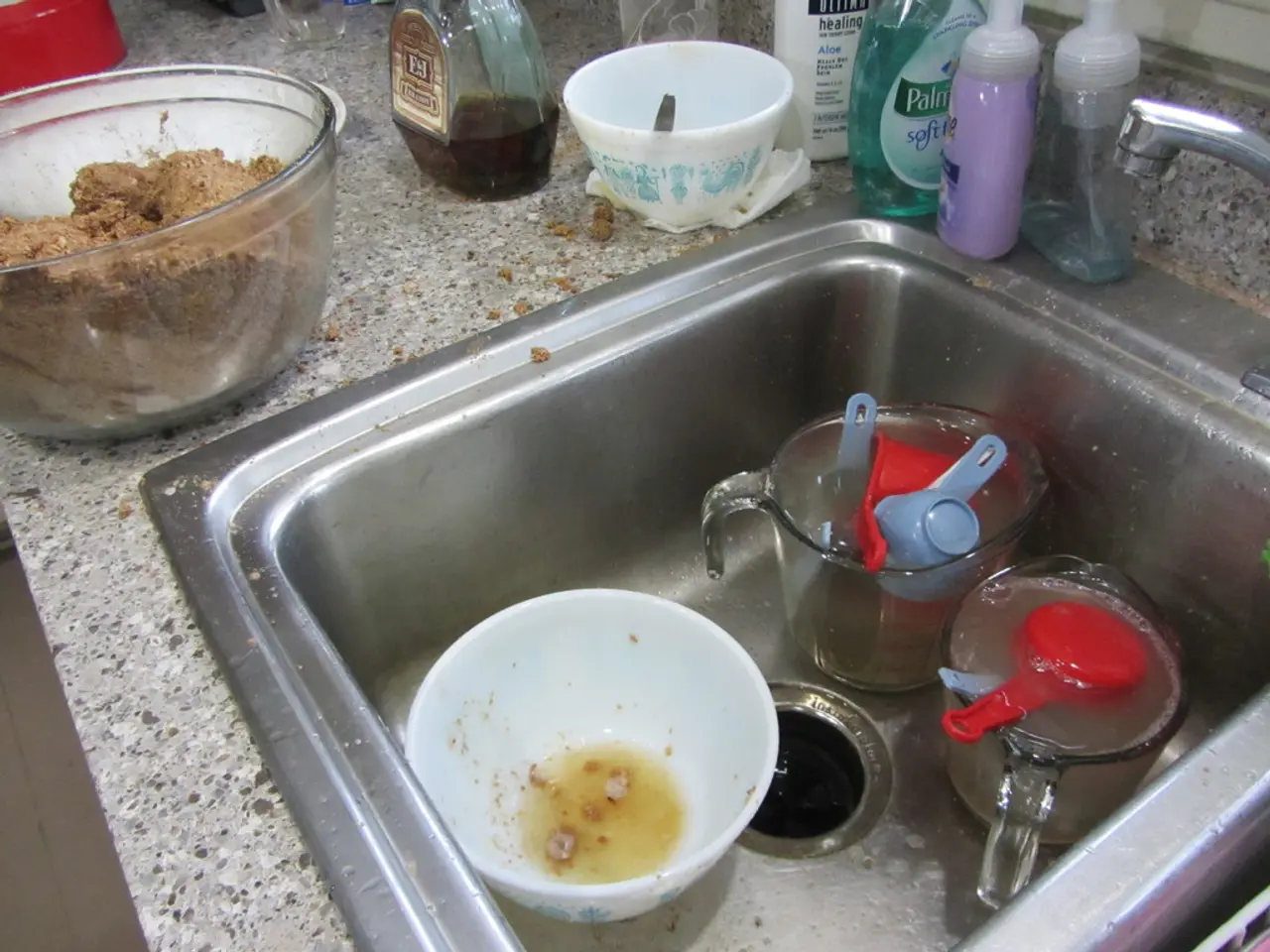Increased child welfare risks post-Corona in North Rhine-Westphalia
In North Rhine-Westphalia (NRW), Germany's most populous state, a concerning rise in child abuse cases has been reported. The latest statistics reveal an alarming increase in psychological, physical, and sexual abuse, with over 6,300, 5,700, and nearly 1,300 cases respectively.
The reasons behind this surge are multifaceted. Social and economic stressors, such as unemployment, inflation, and rising living costs, have contributed to family strain. The pandemic has exacerbated the situation, with lockdowns leading to isolation and school closures reducing access to mandatory reporters who detect abuse.
Another significant factor is increased awareness and reporting. Better education, improved training, and changes in legal frameworks have encouraged more victims to come forward. Substance abuse and mental health issues among parents or guardians have also played a role, as have cultural and social factors like migration and integration challenges.
The consequences of this rise in child abuse are severe. Immediate physical and psychological harm, including injuries and emotional trauma, is a concern. Long-term effects include developmental delays, poor academic performance, increased risk of substance abuse, delinquency, and mental illnesses in adolescence and adulthood. Societal costs include increased burden on healthcare, social services, and judicial systems, as well as loss of potential and productivity.
To address this issue, a comprehensive, multidisciplinary approach is necessary. Preventive measures include public awareness campaigns, support programs for at-risk families, and early intervention services. Strengthening reporting and protection mechanisms involves enhancing training for educators, healthcare workers, and social workers, ensuring confidential and accessible reporting channels, and legal reforms to protect victims. Support for survivors includes accessible mental health and rehabilitation services, safe shelters, and crisis intervention.
Collaboration between schools, social services, health institutions, and law enforcement is crucial, as is engagement with community leaders and organizations to tackle root causes. Policy and research are also essential, with data collection, continuous monitoring, research on effective intervention strategies, and adequate funding for child welfare programs.
Despite these challenges, staff shortages are a significant problem for NRW's youth welfare offices, which are under the control of cities and counties. Finding adequate staff is a major issue, affecting not only offices but also youth welfare facilities run by private providers. The overburdening of these offices could potentially pose a danger for the children they are supposed to protect.
In conclusion, the rise in child abuse cases in North Rhine-Westphalia is a complex issue influenced by multiple socio-economic and cultural factors. A comprehensive, multidisciplinary approach combining prevention, protection, support, and policy reforms is necessary to break the cycle of abuse and ensure a safe environment for all children. A long-term societal commitment is vital to address this pressing issue and protect the future of our society.
The science behind the surge in child abuse cases in North Rhine-Westphalia could benefit from studies on the impact of social and economic stressors, the effects of the pandemic, and the role of increased awareness and reporting. Such research might offer insights into health-and-wellness policies and interventions aimed at addressing this critical issue.
A comprehensive approach to addressing child abuse requires considering not only prevention and protection measures but also mental health support for victims, such as accessible rehabilitation services and safe shelters, as part of the health-and-wellness equation.




